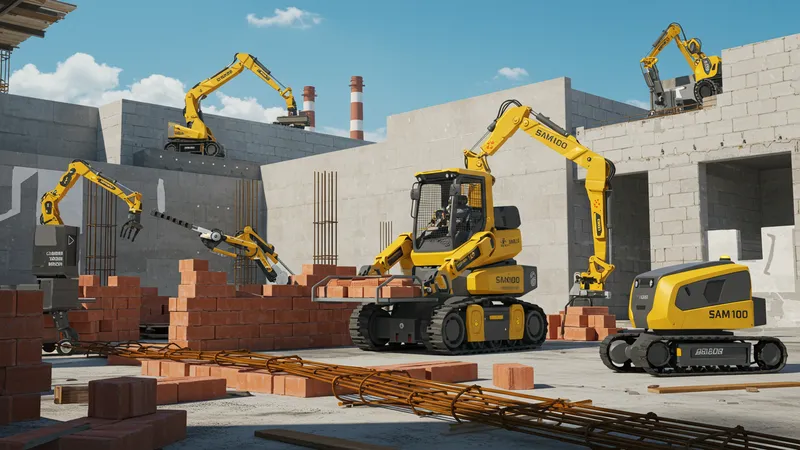
How Robotics Are Enhancing Efficiency And Safety On Construction Sites In 2025
The Revolution in Robotic Labor
The introduction of robots is rewriting the labor rulebook. Automated machines are now capable of complex tasks such as bricklaying, rebar tying, and even intricate painting. By taking over these demanding jobs, they significantly reduce onsite injuries. But there’s more: these machines don’t tire or become less efficient, unlike human workers engaged in repetitive tasks.

This development is a game-changer, given the labor shortages plaguing the construction industry. Companies are finding that investing in robotic systems like SAM100, with its ability to lay about 3,000 bricks per day—a feat no human can match consistently—offers unprecedented efficiency. Yet, there is still a notable twist regarding workplace dynamics and workforce integration.
In many cases, construction firms are seeing a return on investment within a year due to the reduced need for manual labor and minimized downtime. This creates a shift in labor costs, reallocating budgets from labor wages to technology investment. Led by innovation, the job market is seeing a rise in roles that focus on monitoring and maintaining these robots.
While some fear job displacement, industry experts argue that it brings numerous benefits, including enhanced training opportunities. As the industry adapts, so must educational programs, preparing the next generation of workers for a world where technology and tradition coexist. But there’s one more twist that might catch you off guard…